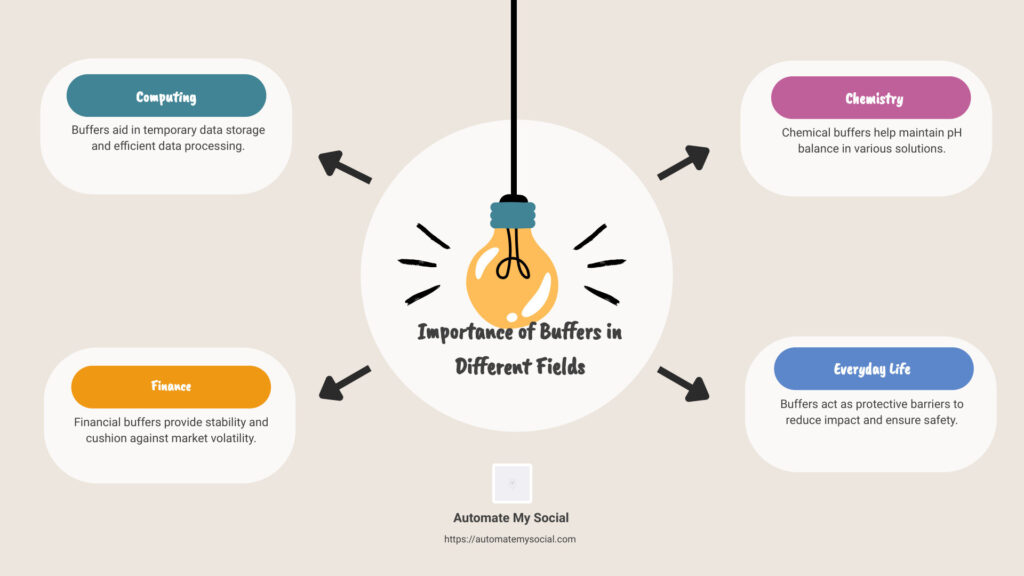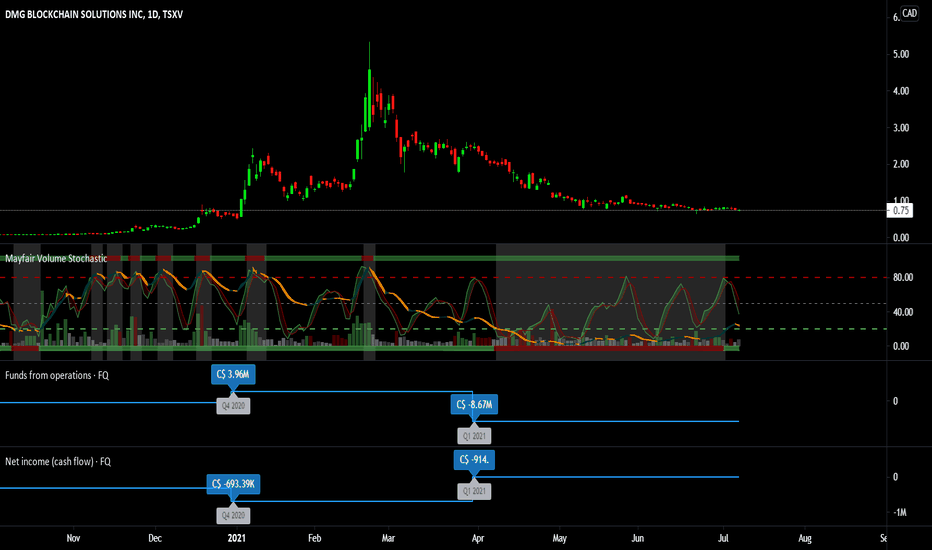Introduction
The term Buffer has various meanings depending on the context. It plays a crucial role in social media management, computing, and even chemistry. Whether you are a marketer looking for a social media scheduling tool, a computer enthusiast needing efficient data handling, or a scientist working with pH stability, Buffer has significance. This article will explore Buffer’s different applications, its advantages, and how it contributes to various fields.
What is Buffer?
A buffer is a temporary storage or intermediary space that helps manage data, maintain stability, or regulate processes. In different industries, it serves diverse functions:
- In Social Media: A scheduling tool for managing posts efficiently.
- In Computing: A temporary storage area that holds data before processing.
- In Chemistry: A solution that maintains pH stability.
Understanding the role of buffers in these fields helps improve efficiency and workflow management.
Buffer in Social Media Management
What is Buffer in Social Media?
Buffer is a popular social media management tool designed to help businesses, brands, and influencers schedule posts, track analytics, and engage with their audience efficiently.
Key Features of Buffer for Social Media
- Post Scheduling: Automate posts across platforms like Facebook, Twitter, Instagram, and LinkedIn.
- Analytics & Insights: Measure engagement, reach, and follower growth.
- Team Collaboration: Allows multiple users to manage accounts.
- Custom Posting Schedules: Optimize posting times for maximum engagement.
Benefits of Using Buffer for Social Media
- Saves Time: Automating posts eliminates manual updates.
- Enhances Engagement: Posts go live when audiences are most active.
- Improves Content Strategy: Detailed analytics guide future posts.
Using Buffer in social media marketing ensures streamlined processes and increased visibility.
Buffer in Computing
What is a Buffer in Computing?
In computing, a buffer is a temporary memory storage area that holds data before it is transferred to another location. Buffers improve system performance by ensuring smooth data flow.
Types of Buffers in Computing
- Input Buffer: Holds incoming data before processing.
- Output Buffer: Stores data before sending it to an output device.
- Circular Buffer: A continuously looping buffer used for streaming data.
Benefits of Using Buffers in Computing
- Enhances Speed: Reduces lag by storing and processing data efficiently.
- Prevents Data Loss: Ensures seamless transmission between components.
- Improves Performance: Optimizes memory management for better system operation.
Buffer in Chemistry
What is a Buffer Solution?
A buffer solution in chemistry helps maintain a stable pH level by neutralizing added acids or bases. These solutions are essential in biological and chemical processes.
Common Buffer Solutions
- Phosphate Buffer: Used in biological research.
- Acetate Buffer: Common in biochemical experiments.
- Tris Buffer: Helps in protein analysis and DNA studies.
Benefits of Buffers in Chemistry
- Maintains Stability: Prevents sudden pH changes.
- Supports Biological Functions: Essential in metabolic and enzymatic reactions.
- Enhances Laboratory Accuracy: Ensures precise experimental conditions.
How Buffers Improve Efficiency Across Industries
Buffers contribute to various fields by improving workflow, maintaining stability, and optimizing processes. Their role in social media, computing, and chemistry demonstrates their versatility and significance.
Conclusion
Buffers are indispensable in multiple industries. Whether optimizing social media strategies, enhancing computer performance, or maintaining chemical stability, they play a pivotal role in ensuring efficiency. Understanding their applications and benefits helps individuals and businesses improve their operations. Would you like to integrate Buffer into your workflow? Start exploring its advantages today!


